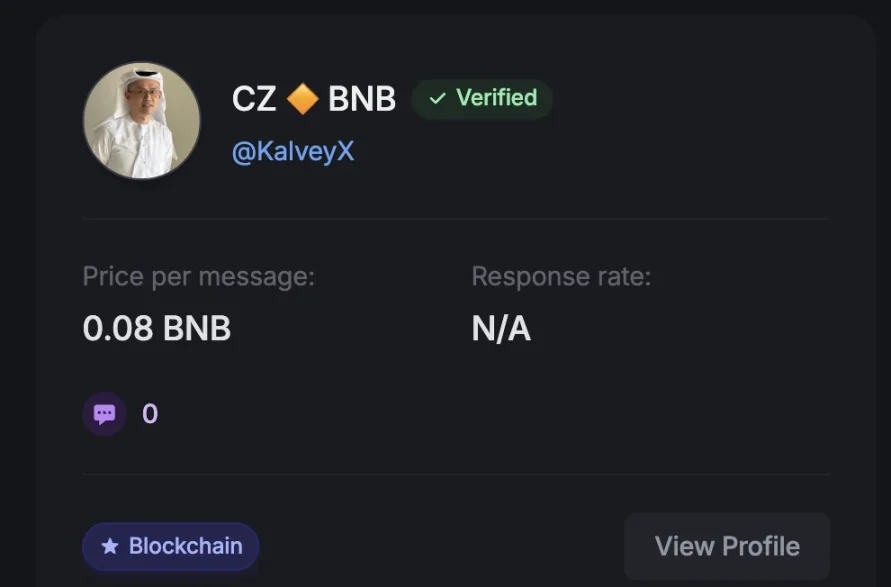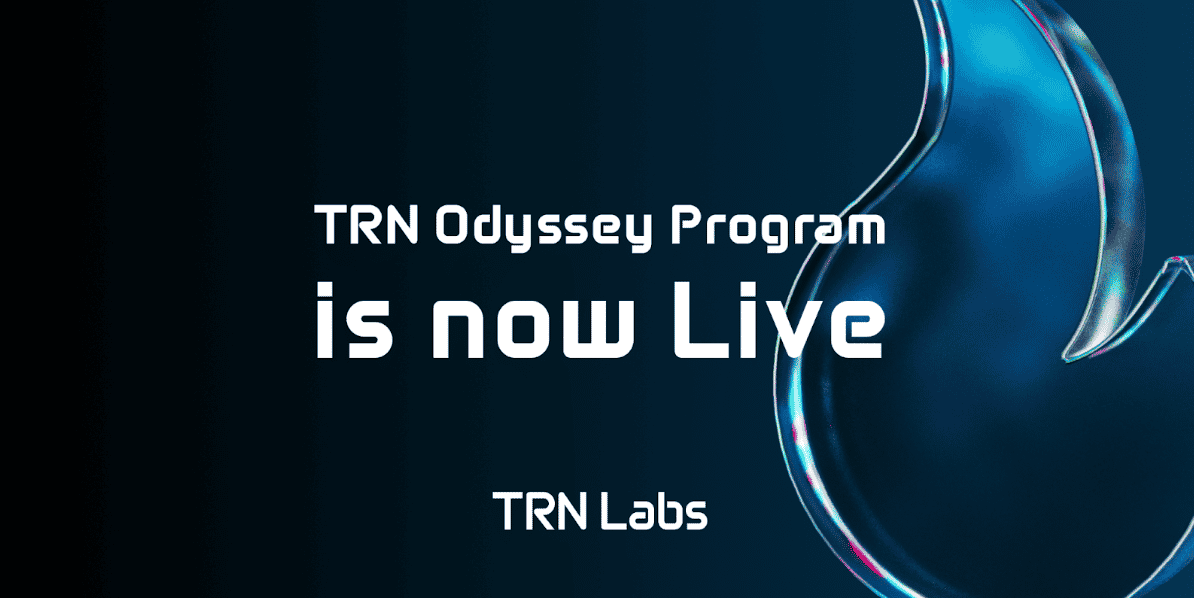Tapping the $30 Trillion Real World Assets Market: Top 5 RWA Projects Profiled
Real World Assets (RWA) represent one of the most promising sectors in cryptocurrency, bridging traditional finance with decentralized ecosystems. While early projects delivered strong returns in 2024, the RWA market remains nascent, offering substantial long-term opportunities.
Analysts, cited by Altcoin Buzz , project the sector could reach a $30 trillion valuation by 2030, driven by institutional adoption and regulatory advancements. Despite market fluctuations, RWAs continue gaining traction, positioning the sector as a critical investment theme.
Clearpool operates the first decentralized credit marketplace for under-collateralized institutional lending, integrating TradFi credit markets onto blockchains to enhance liquidity. Its upcoming Poseidon Testnet and mainnet launch aim to further strengthen its ecosystem.
Clearpool’s RWA Exchange-Traded Pool (Port) offers ETF-style exposure with DeFi flexibility. A regulatory license from Singapore’s MAS enables Clearpool to function as a compliant TradFi gateway. Partnerships with entities like BlackRock-backed Mountain USDM and Jane Street signal strong institutional backing.
Related: Top 4 Mid-Cap Real-World Assets Ready to Surge with BTC at $72K
Ondo Finance leads in tokenized treasuries, offering yield-bearing stablecoins (like USDY) and institutional-grade products. Backed by firms including BlackRock, Google, and Mastercard, Ondo saw rapid growth in 2024, reportedly holding $4 billion in tokenized U.S. treasuries with TVL exceeding $1 billion.
The OSG tokenized treasury saw a reported 60% price surge over 30 days, while USDY climbed 50% in the same period. Innovations like Ono Nexus for instant treasury liquidity and plans for a dedicated Layer 1 blockchain position Ondo for further expansion.
Sui continues its strong momentum despite market volatility, surpassing $1 billion in TVL and approaching $1.5 billion. Key innovations include DeepBook (a liquidity aggregator) and Walrus (a decentralized data storage solution).
Its growing ecosystem, including memecoins, adds diversity. With robust DeFi applications and ongoing tech advancements, Sui presents exposure to infrastructure potentially supporting RWA growth.
While many RWA projects use Ethereum, Plume developed its own Layer 1 blockchain focused on RWA scalability, compliance, and interoperability. With over 180 projects reportedly building on its network, Plume attracts institutional investment, backed by firms like Brevan Howard and Binance Labs.
Initiatives like Plume Skylink facilitate cross-chain yield distribution across 18 networks (including Solana, Injective). An AI-powered RWA tokenization partnership with AGIX and Stobox underscores its focus on innovation.
Mantra ranks among the larger RWA projects by market cap, serving both institutional and retail users via its own Layer 1 blockchain for enhanced security and scalability.
Related: MANTRA Holds Top Spot in RWA Market as Ondo and Maker Trail
The OM token has shown strong price performance relative to peers like Ondo, making it noteworthy. Despite some past controversy regarding airdrops, its long-term outlook is viewed positively by proponents, positioning it as a significant player in the RWA space.
Disclaimer: The information presented in this article is for informational and educational purposes only. The article does not constitute financial advice or advice of any kind. Coin Edition is not responsible for any losses incurred as a result of the utilization of content, products, or services mentioned. Readers are advised to exercise caution before taking any action related to the company.
Sei Foundation Sets Up in NYC to Push US Crypto Adoption
Sei Network officially announced the establishment of the Sei Development Foundation, a non-profit organization now headquartered in Manhattan, United States.
This step is to make crypto a part of institutional life in a country that has long been known to be very cautious about digital assets. It’s not an easy matter, especially when we talk about bureaucracy and the attitude of US regulators, who are known to be fierce.
Introducing the Sei Development Foundation, a U.S. nonprofit organization headquartered in Manhattan, the financial capital of the world 🇺🇲
Established by Sei Foundation, the Sei Development Foundation will provide the infrastructure required for institutional adoption and for… pic.twitter.com/iHm0Lg71wd
— Sei 🔴💨 (@SeiNetwork) April 2, 2025
Many are wondering, why bother creating a foundation in the heart of the world economy? The answer is simple. Sei wants to ensure that their approach to crypto can reach institutions directly and in a structured way.
This foundation is designed to provide support, access to resources, and education for developers and industry players who want to build on Sei’s infrastructure. So, not only for those who already understand the ins and outs of blockchain, but also for institutions that are still awkward about setting foot in this world.
Outside of regular activities, recently, the Sei Foundation was reported to be exploring the potential acquisition of 23andMe, a DNA service company that has just filed for bankruptcy. They aim to secure the genetic data of about 15 million Americans by storing it on the blockchain. But the question is, are people ready to entrust such personal data to a decentralized system?
This plan raises its own concerns. On the one hand, blockchain can provide transparency and protection against data manipulation. But on the other hand, there are big questions about privacy, ownership rights, and the legality of storing biological data on an open network.
If this plan is realized, Sei could open a new gateway for blockchain use in a space that has so far been synonymous with laboratories, not cryptography.
Furthermore, the Sei Foundation has also shown its seriousness in supporting a more open and decentralized science ecosystem. In January 2025, they launched Sapien Capital—Open Science Fund I, a $65 million investment fund dedicated to funding startups in the Decentralized Science (DeSci) space.
Projects funded will be built directly on the Sei blockchain with investment amounts from $100,000 to $2 million per project. For Sei, this strategy is not only about cryptocurrency acceptance but also about moving science in a more open and cooperative way. Once kept in university glass cabinets, information is now available via digital wallets.
Apart from the acquisition plan and support for DeSci, Sei Network has also made a technical achievement that is worth considering. The Sei network’s total value locked (TVL) in March was $1.6 billion. Even for a fairly new blockchain, this is not a small number. The Parallel EVM upgrade, which hastened transactions and opened the path for more DeFi initiatives to arise, caused this increase.
Still, the price of the SEI coin does not fully reflect this success. SEI has swapped hands at about $0.1661 and had corrected 2.76% in the last 24 hours at the time of writing.
#KiloEx (KILO) Price Forecast 2027
As the crypto market continues to experience significant inflow of capital, our technical analysis predicts that KiloEx is likely to reach its peak price of $0.231966 in the year 2027. This projection is based on the assumption of a bullish market trend and a positive sentiment among investors. Additionally, our analysis suggests that the average price of KiloEx in 2027 would be $0.213652. However, it is important to note that there is always a degree of volatility in the crypto market, and as such, the minimum price expected in our prediction stands at around $0.195339. This serves as a reminder to investors to always consider the potential risks associated with any investment. Read Full 2027 Prediction
Bitcoin: Arthur Hayes Predicts A Price Of $250,000 By 2025
The co-founder of BitMEX, Arthur Hayes, makes a bold prediction: the price of Bitcoin could surpass $250,000 by the end of 2025. This analysis is based on recent adjustments to monetary policy that could spur strong demand for the leading cryptocurrency.
Arthur Hayes’ recent analysis is sure to catch the attention of many crypto market observers. According to him, the BTC price could reach $250,000 by the end of 2025 if the FED decides to pivot towards a quantitative easing (QE) policy.
Specifically, Hayes bases this crypto prediction on the idea that the value of Bitcoin is heavily influenced by market expectations regarding the future supply of fiat currency.
Analysis: If the FED increases the supply of dollars by adopting QE, demand for alternative assets like Bitcoin could rise due to the perceived devaluation of traditional currency.
The latest actions by the FED are already showing signs of such a pivot. On April 1, it reduced the capacity for Treasury bond reductions from $25 billion to only $5 billion per month. According to Hayes, this decision marks the beginning of a bullish cycle for crypto assets.
Having reached a local low of $76,500 last month, Bitcoin could indeed start its surge towards $250,000.
Not all expert crypto analysts share Arthur Hayes’ optimistic vision . Jamie Coutts from Real Vision estimates, for example, that Bitcoin would hit a peak of $132,000 by the end of 2025. These projections are more conservative. They take into account current market trends, suggesting a less drastic impact of monetary policy on BTC’s price.
But that’s not all! According to data from Polymarket , only 9% of traders are betting on a Bitcoin at $250,000. The majority (at 60%) believe that the price of the flagship cryptocurrency will stabilize around $110,000 in 2025. This sentiment reflects hesitation about the extent of the expected rally for BTC.
While Hayes’ prediction is ambitious, it highlights the importance of monetary policy in determining the price of Bitcoin. Investors will need to closely monitor the FED’s decisions as well as the evolution of the global economy. These could redefine the trajectories of cryptocurrencies in the long term.


 最低價
最低價 最高價
最高價 













































